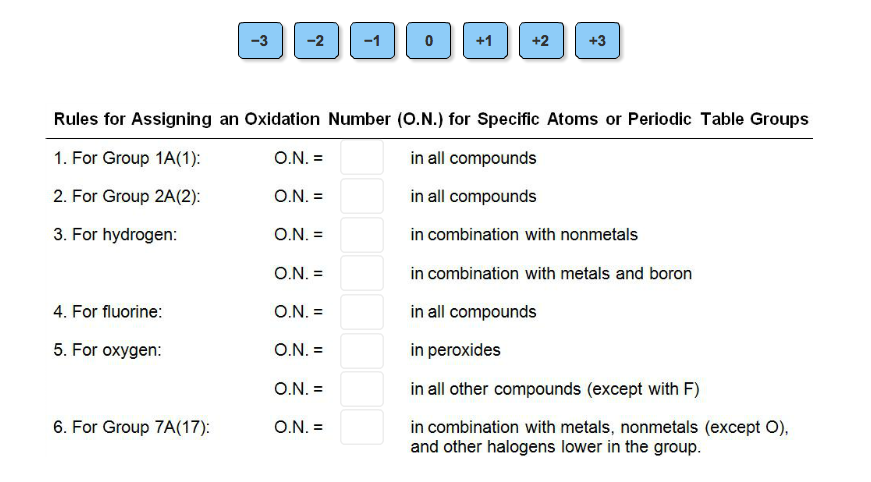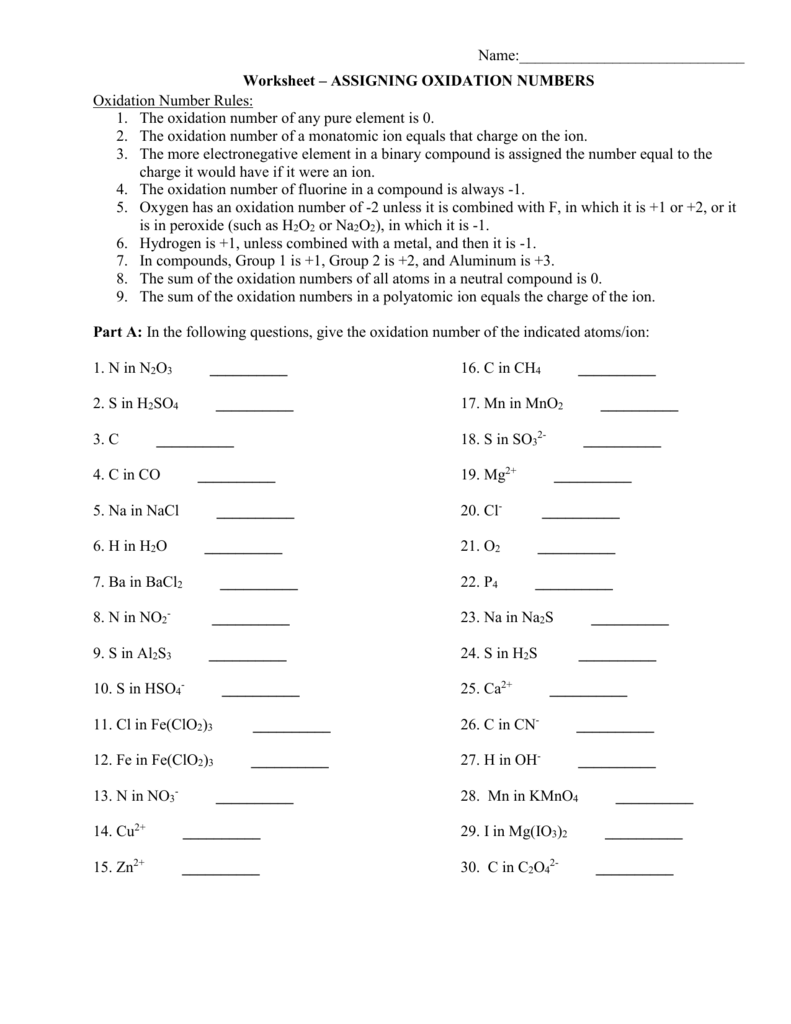

goes from to, therefore it is reduced (reduction means gaining electrons). goes from a oxidation number to a, therefore it is the element that's oxidized (oxidation represents a loss in electrons).

Now let's compare the oxidation numbers of the elements in the reactants with those in the products. Oxidation numbers of elements in products: Let's now write down the oxidation numbers of all the elements in the products. , therefore Cl has an oxidation number of in the product. We can once again use the general rule of oxidation numbers that fluorine has a oxidation number to simplify this. We can now solve for the oxidation number of Uranium.įinally, let's look. Since there are fluorines we multiply which equals. Knowing the general rules of oxidation numbers we know that fluorine has an oxidation number of. Now let's look at the product side of the equation and determine the oxidation numbers of the elements there. Oxidation numbers of elements in reactants: I recommend writing down their oxidation numbers next to each other, so the elements that are oxidized and reduced can quickly be determined. Now we have the oxidation numbers of all the elements present in this equation that are on the reactant side. Therefore the oxidation number of Chlorine is. This is done through a simple algebraic equation: So now we must solve for the oxidation of Cl, which is unknown. Since we have 3 fluorines we multiply the oxidation number by to get the cumulative oxidation number of all the fluorines together to get.

Going off of our general rules, the oxidation number of fluorine is equal.

This is a neutral compound so know the oxidation number of the whole compound must equal. Knowing that an atom in its elemental form has an oxidation number of, has an oxidation number equal to. Let's start by looking at the reactants, namely. Let's start by looking at the equation and assigning oxidation numbers based off of the general rules we are given:


 0 kommentar(er)
0 kommentar(er)
